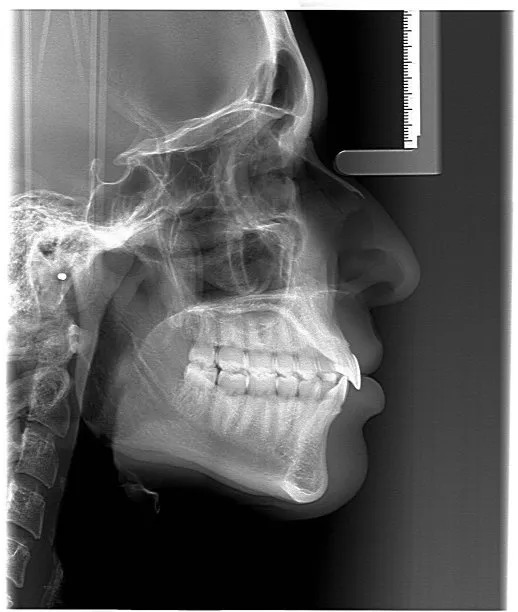Essential Guidelines and Precautions for Ensuring Successful Root Canal Treatment and Preventing Complications
Summary: Root canal treatment is a crucial dental procedure aimed at saving infected or damaged teeth. Successful execution of this treatment requires adherence to essential guidelines and precautions to minimize complications. This article explores four critical aspects: thorough diagnosis and treatment planning, effective pain management, meticulous technique and execution, and comprehensive postoperative care. Each of these components contributes to a positive treatment outcome and enhances patient comfort. By understanding and implementing these guidelines, dental professionals can significantly reduce the risk of complications and ensure a successful root canal treatment experience for their patients.
1. Thorough Diagnosis and Treatment Planning

Accurate diagnosis is fundamental to ensuring a successful root canal treatment. Prior to initiating the procedure, dental professionals must conduct comprehensive examinations, including radiographic analyses, to understand the extent of the infection or damage. This allows practitioners to determine the appropriate course of action and tailor the treatment to the specific needs of the tooth in question.
Next, it’s important to develop a detailed treatment plan that outlines each step of the procedure. This plan should consider factors such as tooth anatomy, the presence of any existing restorations, and the patient’s overall dental health. Clear communication with the patient about the proposed plan also enhances their understanding and comfort level.
Finally, pre-treatment consultations can serve to address patient concerns and queries, thereby reducing anxiety. This element of psychological preparation is often overlooked but can significantly influence the perception of pain and overall satisfaction with the procedure.
2. Effective Pain Management Techniques
Pain management is a pivotal aspect of root canal treatment that directly affects patient comfort and anxiety. Dentists should employ local anesthetics judiciously to ensure the affected area is thoroughly numbed before beginning any invasive procedures. Achieving optimal anesthesia helps to facilitate a smoother treatment process.
Additionally, the use of sedation dentistry techniques may be beneficial for patients with high anxiety levels or those undergoing more complex cases. Sedation can help alleviate stress and enhance patient comfort, allowing for a more efficient treatment experience.
Finally, educating patients about postoperative pain management options is essential. Providing clear instructions on the use of prescribed medications and over-the-counter pain relief methods equips patients with the knowledge to manage any discomfort post-treatment effectively.
3. Meticulous Technique and Execution
The technique employed during root canal treatment greatly impacts its success. Dentists should use precision instruments and follow standardized protocols to ensure that all infected pulp is thoroughly removed from the tooth. Utilizing advanced technology, such as rotary endodontics, can enhance the effectiveness of canal cleaning and shaping.
Attention to detail during the filling and sealing phase of treatment is equally crucial. Employing high-quality materials and ensuring proper placement can reduce the likelihood of reinfection and complications. This includes the use of biocompatible materials that promote healing.
Furthermore, maintaining clear communication among the dental team members during the procedure allows for quicker problem resolution and helps ensure that all aspects of the treatment are executed seamlessly. Team efficiency plays a significant role in reducing potential risks associated with the procedure.
4. Comprehensive Postoperative Care
Postoperative care is vital for sustaining the success of root canal treatment. Patients should receive explicit instructions regarding oral hygiene practices and activity restrictions following the procedure. This helps prevent complications and promotes a faster recovery.
Regular follow-up appointments are also essential to monitor the healing process and detect any potential issues early. During these visits, practitioners can assess the condition of the treated tooth and address any patient concerns, ensuring peace of mind during recovery.
Lastly, educating patients about the signs and symptoms of complications, such as persistent pain or swelling, empowers them to seek help promptly. This proactive approach can mitigate the risk of severe complications and enhance overall treatment outcomes.
Summary: The guidelines and precautions established for root canal treatment are paramount in ensuring successful outcomes. Thorough diagnosis, effective pain management, meticulous technique, and comprehensive postoperative care work collaboratively to prevent complications. By adhering to these principles, dental practitioners can foster an environment of safety and comfort, ultimately leading to patient satisfaction.
This article is compiled by Vickong Dental and the content is for reference only.



